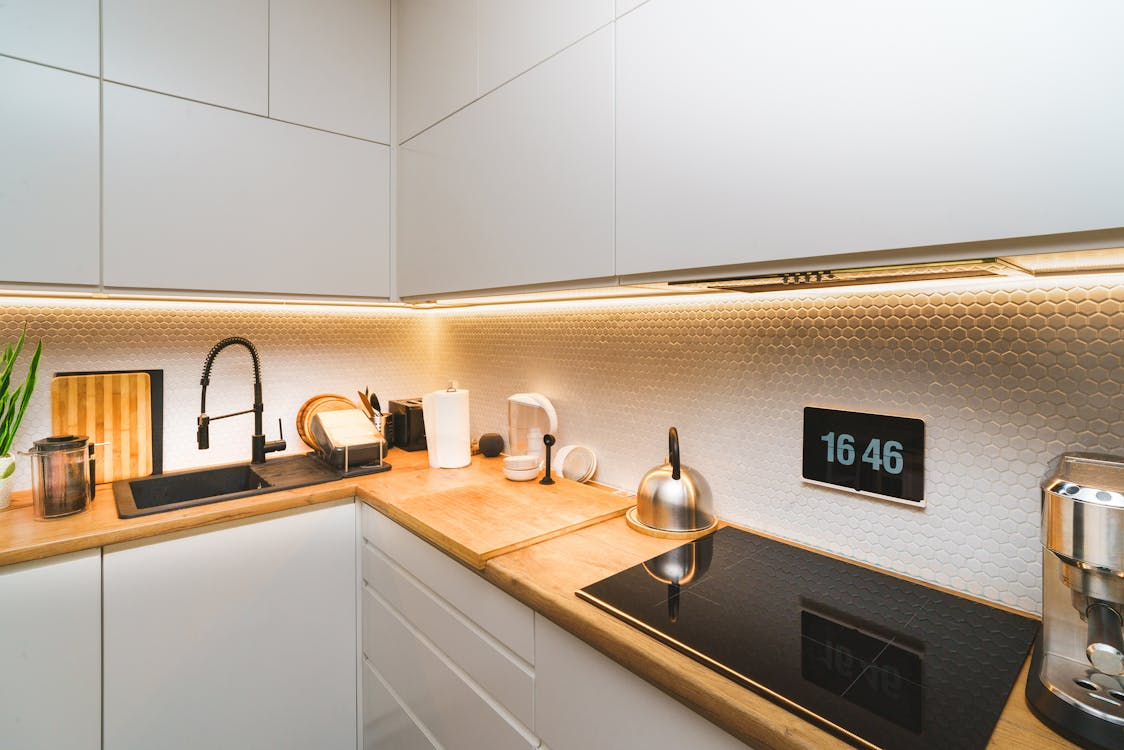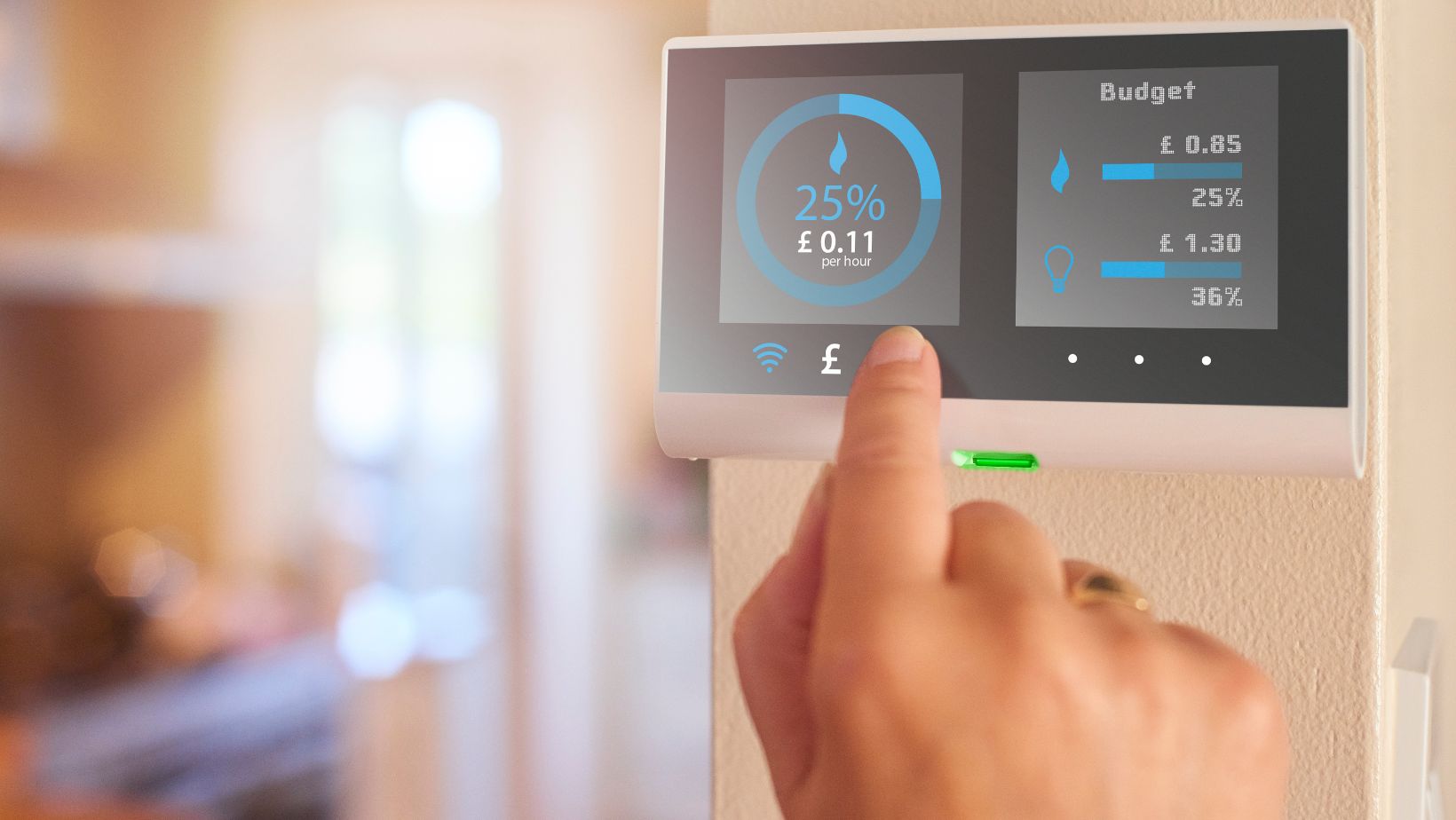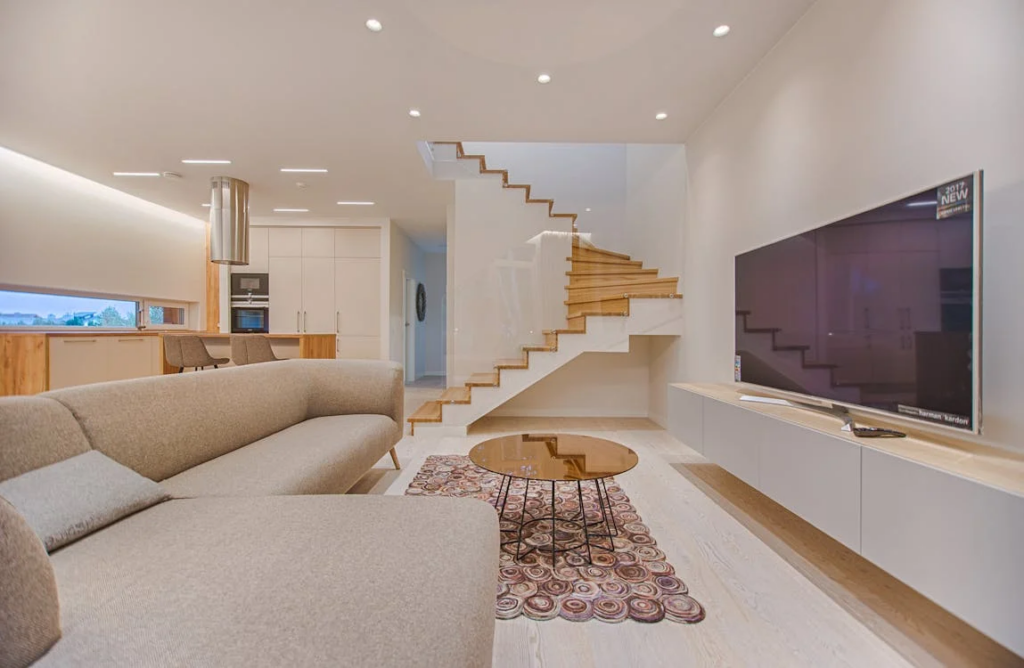Modern homes are becoming smarter and more efficient with the latest technological advancements.
This guide explores essential smart home technologies that enhance daily living while optimizing energy efficiency and automation.
1 – Solar Panels
Solar panels allow homeowners to generate their electricity, thus lowering utility bills and reducing their carbon footprint. Modern solar panels are highly durable and feature advanced technology that maximizes energy production even on cloudy days.
Many systems now have smart monitoring tools, allowing homeowners to track real-time energy production and consumption through a mobile app.
Pairing solar panels with a battery storage system ensures a consistent energy supply, provides backup power during outages and reduces homes’ reliance on the grid.
2 – Computers and Laptops
A well-equipped home needs the right technology to keep up with daily demands. A laptop or desktop is essential for remote work, online banking, and entertainment.
Investing in a high-performance laptop with advanced features such as a touchscreen display, powerful processor, and long battery life ensures smooth multitasking while keeping your personal data secure.
3 – Speakers
Speakers have become an integral part of modern homes, offering a range of functionalities that enhance convenience and connectivity.
Evaluation features include sound quality, compatibility with other home devices, and privacy controls.

Speakers can seamlessly integrate with existing home ecosystems, making it easier to manage other connected devices.
| Leak Sensors: These small devices detect water leaks early to prevent extensive water damage. Placed near pipes, sinks, and appliances, they send instant alerts to smartphones. Advanced models can even shut off the water supply when leaks are detected. |
4 – Lighting
Smart lighting enhances home automation by offering better control, up to 75% energy savings, and added convenience. The main types include bulbs, switches, and full lighting systems.
LED smart bulbs can be controlled remotely via smartphone apps or voice commands, with features such as dimming and color changing.
Integrated lighting systems combine bulbs, switches, and hubs to create a seamless network. They support advanced automation, such as motion and daylight sensors, for optimized energy use.
5 – Thermostats
Thermostats help optimize heating and cooling systems and can reduce energy costs by 10% a year.
They can learn user preferences and schedules to adjust temperature settings automatically, preventing energy waste when a house is unoccupied. Remote access via a smartphone allows homeowners to modify temperature settings from anywhere.
Many models can integrate with home devices such as blinds or fans to optimize energy use further. They often provide energy usage reports, helping users identify savings opportunities and reduce consumption.
6 – Security Cameras
Security cameras enhance home safety by offering real-time surveillance, night vision capabilities, and motion detection.
Homeowners can access live video feeds through mobile applications to monitor their properties remotely.
Alerts are sent when motion is detected, ensuring immediate response to unusual activity. Many cameras support cloud or local storage for secure video retention.
| Mesh Wi-Fi: This system eliminates dead zones by distributing internet evenly across large homes. Unlike traditional routers, it consists of multiple nodes that create a seamless connection. Ideal for homes with multiple smart devices that need stable connectivity. |
7 – Kitchen Appliances
Kitchen appliances integrate with home automation systems, providing remote control via smartphone apps or voice commands. They enhance efficiency by optimizing energy consumption, such as adjusting refrigerator cooling cycles or preheating ovens at scheduled times.

Advanced sensors maintain optimal food storage conditions, reducing spoilage. Some ovens feature pre-programmed recipes and automatic temperature adjustments, improving meal preparation.
8 – Entertainment Systems
Display technology, resolution, and operating systems are important factors when selecting a TV. High-definition screens enhance picture quality, while built-in connected platforms provide access to streaming services and apps.
Many smart TVs feature voice control capabilities, allowing hands-free operation and interaction with other home components.
Elevate Your Home with Smart Technology
Incorporating smart technology into your home enhances comfort, security, and energy efficiency.
Whether upgrading to intelligent lighting, investing in security cameras, or optimizing appliances for seamless automation, these innovations elevate modern living.
By adopting these advancements, homeowners can create a more connected, convenient, and future-ready home.


More Stories
Through the Lens: Capturing Toronto’s Custom Home Evolution
Transforming Outdoor Spaces: Why Paver Patios Are the Leading Home Upgrade for 2025
The Art of Minimalist Styling in Kitchens and Bathrooms